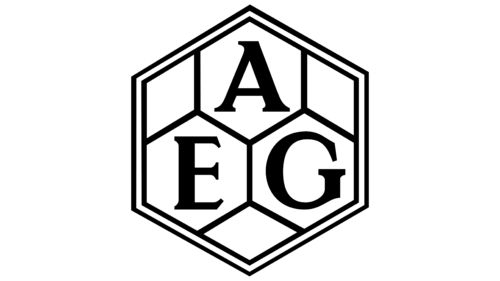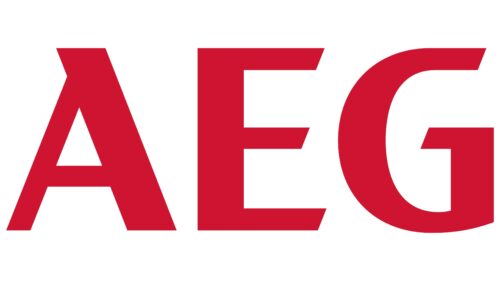AEG: Brand overview
Founded in Berlin in 1883 by Emil Rathenau, AEG, originally known as Deutsche Edison-Gesellschaft fur Angewandte Elektricitat, dealt primarily with electric lighting. It obtained exclusive rights to distribute Thomas Edison’s electric light bulbs in Germany and throughout continental Europe. An important milestone in the history of the company was in 1887, when it created the first power plant in Berlin, beginning the process of electrification of the entire city.
In the following years, under Rathenau’s leadership, AEG became a dominant force in the German electrical industry. The company expanded into other aspects of electrical engineering. These included electric streetcars, household appliances, generators, and motors. In 1907, AEG built the first high-voltage transmission line connecting Lauffen and Frankfurt am Main, setting the standard for long-distance transmission of electricity over long distances.
During the tumultuous period of World War I, AEG began to play an important role as a supplier to the German armed forces, creating new technologies in the fields of submarines and chemical warfare. Between the two world wars, the company expanded its portfolio into areas such as radio technology, movie equipment, and sound recording devices known as tape recorders.
By the beginning of World War II, AEG had grown exponentially and employed over 190,000 people. The company played a significant role in the German war effort, making its manufacturing facilities prime targets for Allied aerial bombardment. After the ravages of war, AEG managed to revive itself by shifting its focus to the production of consumer electronics and household products such as televisions and washing machines.
In 1967, AEG joined forces with its competitor Telefunken to form AEG-Telefunken. In 1979, the company was acquired by Daimler-Benz. Today, the AEG brand is alive and functioning under the umbrella of Electrolux, being the world’s leading manufacturer of home appliances. However, its origins can be traced back to its key role in the electrification of Germany in the late 19th century under the leadership of Emil Rathenau.
Meaning and History
1896
1900 – 1907
1907 – 1908
1908
1908 – 1912
1912 – 1985
1985 – 2016
2016 – today
The key element of the AEG logo is the abbreviation formed from the name Allgemeine Elektricitäts-Gesellschaft. The letters are large, capitalized, and colored dark red. They have diagonal cuts at the ends, which gives them a pointed appearance. The most interesting is the design of the letter “A.” Its right diagonal is longer and wider than the left one, which does not reach the top. The opposite one confidently stretches upward, creating an improvised serif.
The elongated right diagonal of the letter “A” creates a sense of disequilibrium, as if it is reaching for something higher. The dark red color highlights the letters but does not draw attention to them. The diagonal cuts add a certain twist, allowing for a modern look without going overboard.
AEG color codes
| Fire Engine Red | Hex color: | #cf1430 |
|---|---|---|
| RGB: | 207 20 48 | |
| CMYK: | 0 90 77 19 | |
| Pantone: | PMS 185 C |












